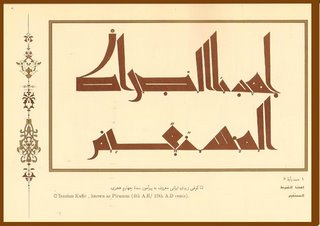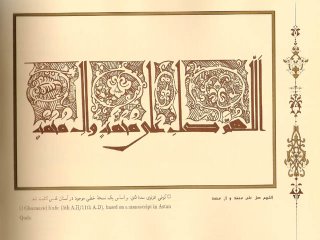 By Asef Fekrat
By Asef Fekrat(original in Persian)
Last Scene
A faded autumn leaf
With all its existence
Stuck on the ground
So, even at the last moment,
Have had left a memory from its beauty
Weeping
Lightning, rain, and breeze
Came together
Which lover
Has reminded weeping
At your skirt
You..?
Today, breeze blows tended
The dawn bird has awaken earlier
Passengers look more kindly to each other
-
Have you passed by, last night, here?
Thinking of you
Nice and pleasant
Like the smell of a red rose
To think of you
--
I am thinking now
Asef Fekrat








